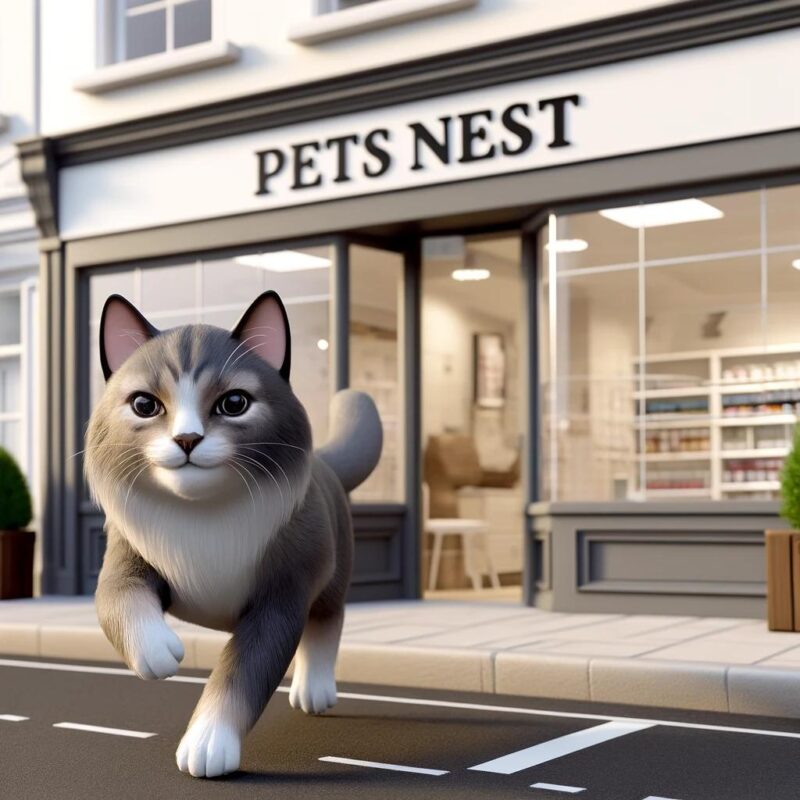Introducing a new puppy to your household is an exciting and joyful experience. However, it’s not just a big change for you—your older dog also needs to adjust to the new family member. One of the ways older dogs help maintain harmony is by correcting younger dogs’ behavior. At PetsNest.co.uk, we understand how important it is for pet owners to comprehend these interactions to ensure a peaceful and happy home for all their pets.
Understanding Canine Social Structure
Dogs are pack animals by nature, and they thrive on a social hierarchy. When a puppy enters a home with an older dog, the older dog often takes on a mentor-like role. This relationship is crucial for the puppy’s development, teaching them the boundaries and acceptable behaviors within the pack.

How Do Older Dogs Correct Younger Dogs?
- Body Language: Older dogs use body language to communicate their displeasure. Stiffening, staring, or turning away are subtle cues that a puppy needs to back off or stop a certain behavior.
- Vocalizations: Growling, barking, or a sharp yip can be a warning from the older dog. These sounds indicate that the puppy has crossed a line and needs to adjust its behavior.
- Physical Corrections: Sometimes, an older dog might use a gentle nip or a paw to assert dominance or correct a puppy. While it might look harsh to us, it is often a controlled and measured action meant to teach the puppy.
- Ignoring: One of the more passive ways an older dog can correct a younger one is by ignoring it. If the puppy is being too rambunctious or annoying, the older dog might walk away, signaling that the behavior is unwanted.
When to Intervene
While it’s natural to feel protective over a new puppy, it’s important to let your dogs establish their relationship. However, there are times when intervention is necessary:
- Aggression: If the older dog’s corrections escalate to aggression or if the puppy seems fearful and stressed, it’s time to step in.
- Injury: Any sign of injury, even if minor, should prompt immediate separation and evaluation of the situation.
- Obsession: If the older dog is constantly correcting the puppy, it might indicate an underlying issue that needs to be addressed with the help of a professional trainer or a veterinarian.
Promoting Positive Interactions
To foster a positive relationship between your older dog and the new puppy, follow these tips:
- Supervise: Always supervise interactions, especially in the beginning. This helps prevent unwanted behaviors from escalating.
- Positive Reinforcement: Reward both dogs for good behavior with treats and praise. This encourages positive interactions and mutual respect.
- Safe Spaces: Ensure both dogs have their own safe spaces where they can retreat and relax without being disturbed.
- Routine and Consistency: Maintaining a routine helps both dogs feel secure and understand what to expect, reducing stress and potential conflicts.
Conclusion
Understanding how older dogs correct younger dogs is essential for maintaining harmony in a multi-dog household. By recognizing these behaviors and knowing when to intervene, you can ensure a safe and loving environment for all your pets. For more tips on pet care and behavior, visit us at PetsNest.co.uk and explore our comprehensive resources to help you and your furry friends thrive together.









